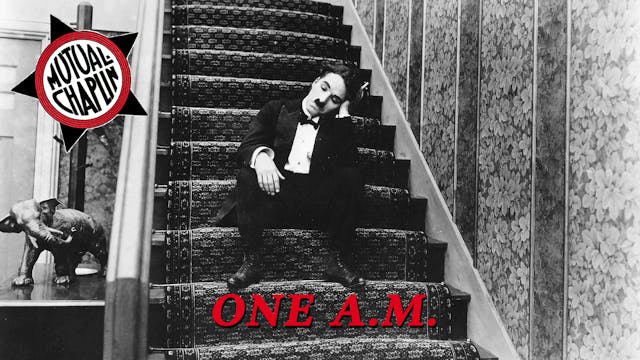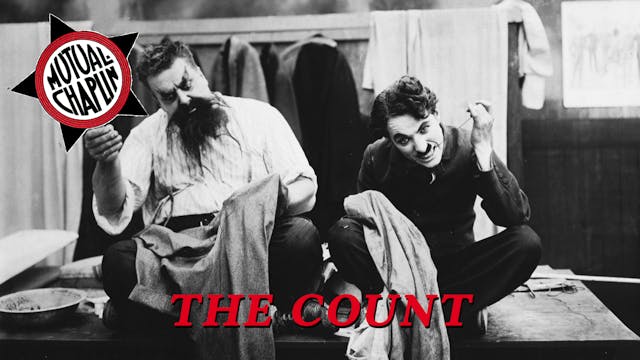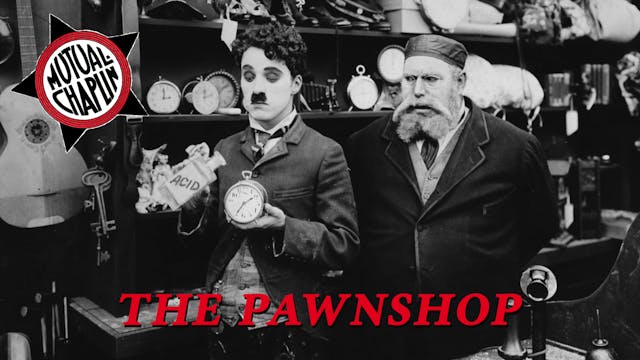The Vagabond (1916)
Chaplin's Mutual Comedies (1916-1917)
•
26m
THE VAGABOND, Chaplin's third Mutual film, was an important step in Chaplin's career in which he interweaves pathos as an integral part of the comedy. In this way, THE VAGABOND is the prototype of The Kid (1921) and The Circus (1928). Chaplin employs the same romantic triangle seen in The Tramp (1915) that he would revisit again in Sunnyside (1919) as well as The Circus.
THE VAGABOND relies less on outright comedy than Chaplin's earlier work. His direction of the film shows sensitivity and restraint in his treatment of the melodramatic material. His performance alone reveals great warmth and depth. THE VAGABOND clearly shows Chaplin's development of the film elements that he would use throughout his career, particularly the blending of comedy and drama.
Up Next in Chaplin's Mutual Comedies (1916-1917)
-
One A.M. (1916)
ONE A.M, Chaplin's fourth Mutual, is an impressive piece of virtuosity, a solo performance except for a brief appearance by Albert Austin as a taxi driver. The film is a tour de force of Chaplin's superb pantomime and comic creativity performed in a restricted space, a brilliant experiment that h...
-
The Count (1916)
The fifth film in the Mutual series, THE COUNT, further develops the situations of Caught in a Cabaret (1914) and A Jitney Elopement (1915) and anticipates the future Chaplin films The Rink (1916), The Idle Class (1921), and City Lights (1931), films in which Charlie impersonates a man of means i...
-
The Pawnshop (1916)
In the sixth Mutual film, Charlie is a pawnbroker's assistant in a pawnshop that evokes the London of Chaplin's childhood. The film is rich in comic transposition, a key element to Chaplin's genius. The apex of such work in the Mutuals is the celebrated scene in THE PAWNSHOP in which Charlie exam...


